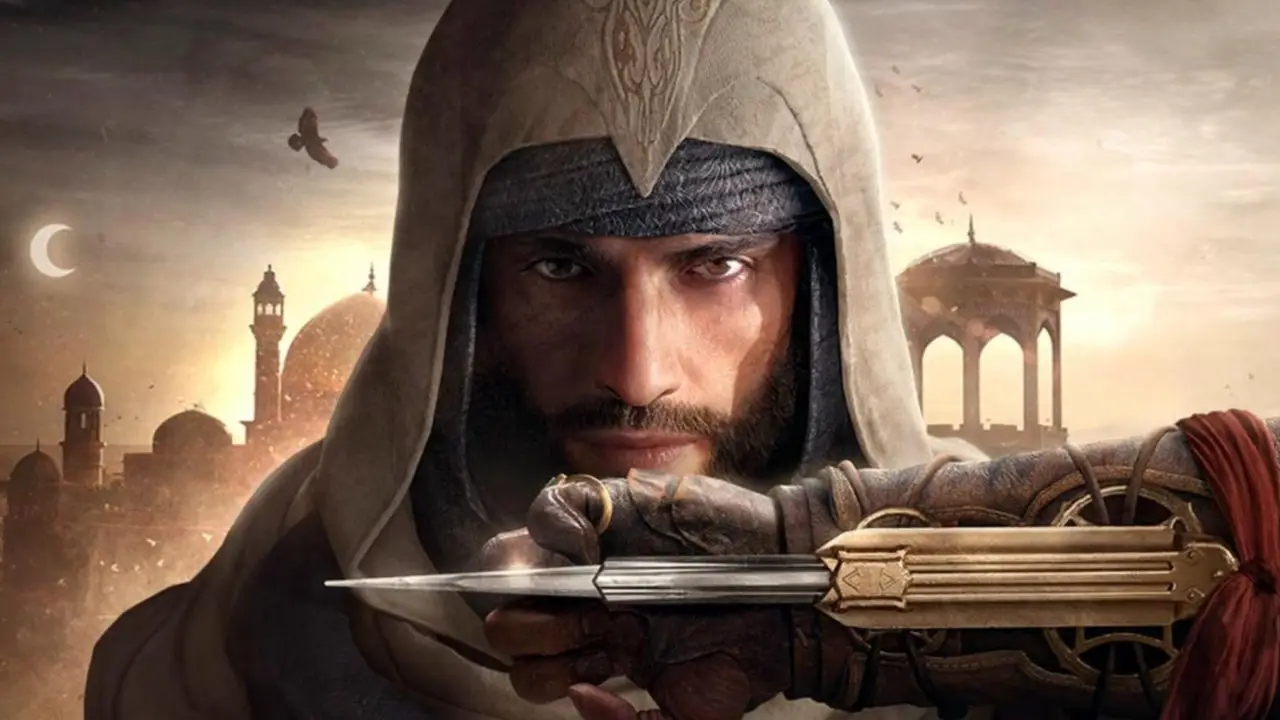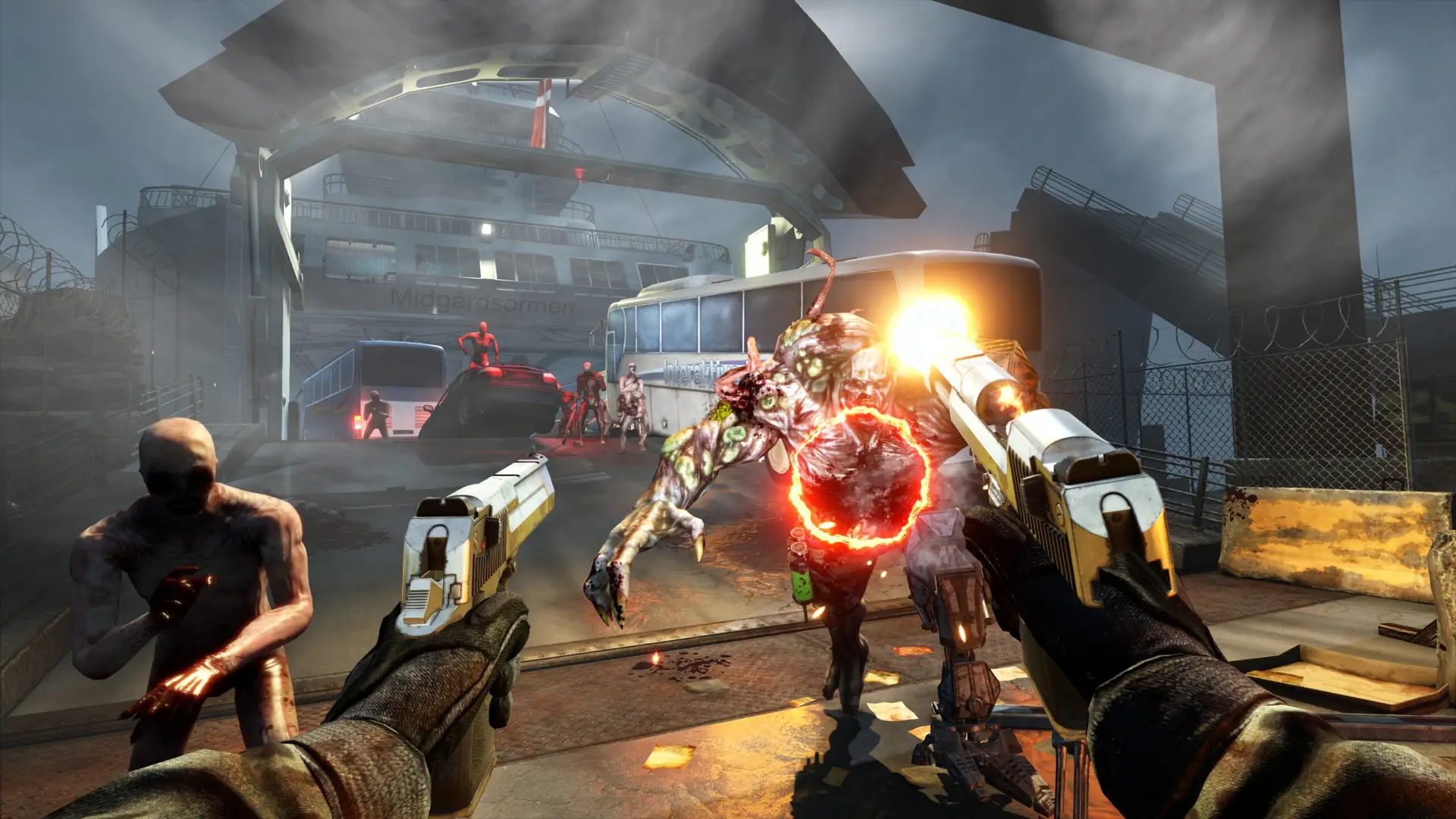The market of digital adventures has long become a testing ground for experiments with pain, randomness, and replayability. Roguelike games keep logic on a leash, break shields, and drench the player in unpredictability like a March downpour — without warning.
The History of Roguelike Games: From ASCII to Procedural Monsters
1980. California UNIX club. Rogue appears — a text-based game with pseudo-graphics, where the hero wanders through randomly generated corridors and dies more often than lieutenants in the front row of a movie. Inspired by Dungeons & Dragons, the project set a new gaming standard for the world: death is not a pause, but a complete rollback.

The Berlin interpretation later defined the basic features of the genre: turn-based combat, random levels, non-modal interface, permanent death, resource system, and procedural map. Roguelike games built a game design Pantheon on this foundation, where every decision has a price.
Roguelike Games: What Are They and Why Do They Break Habits
The genre offers a structure where each run is unique. Procedural generation of dungeons and events erases predictability. The difficulty level maintains the pace. Permanent death forces analysis, not mindless repetition. Each item affects the playstyle. Each monster requires a new tactic.
Roguelike games break familiar mechanics. There is no “grinding” here, as in RPGs, and no autosave. Immersion happens instantly, and the price of a mistake is the loss of everything. It is this philosophy that makes this style cult-like.
Roguelike vs. Roguelite: Where Is the Line
Roguelike uses full harshness: each run starts from scratch, without accumulations. Roguelite allows you to retain progress in the form of skills, items, or levels. The difference is not only in mechanics but in approach.
Projects of this direction remain closer to the original Rogue, while roguelites adapt the system for a wider audience.
Top Roguelike Games
Roguelike style is not just a trend but a challenge for those who appreciate challenge, replayability, and thoughtful game design. This list is not a compromise but a result of selecting the best representatives. Here, each player’s decision matters, and each death is a step towards mastery:
- Dead Cells (2018). Combines metroidvania with roguelite. Offers intense action, responsive controls, and high dynamics. Procedurally generated levels, over 90 weapons and skills, dozens of biomes. Uses permanent death with progression elements through upgrades.
- Hades (2020). Won at The Game Awards. Uses mythology, rich gameplay, and deep dialogue system. Offers powerful shootouts, vertical design, and unique perks. Each level is a new room in the underworld of Hades.
- Slay the Spire (2019). Combines card mechanics with roguelike system. Offers hundreds of unique cards, three heroes with different styles, and a procedurally generated path tree. Permanent death requires strategic thinking.
- Into the Breach (2018). Minimalistic turn-based strategy. Limited resources, control of the enemy’s future actions, high cost of mistakes. Procedural mission generation supports replayability.
- The Binding of Isaac: Rebirth (2014). Cult roguelike shooter with numerous items, interactions, and secrets. Uses random generation and horror elements. Over 500 items, 13 playable characters, hundreds of monsters.
These games are not just representatives of the genre but its flagships, setting standards for future projects. Each of the titles combines risk, depth, and repeatability, turning defeat into part of the gaming experience.
Genre Architecture: How Roguelike Is Built
Roguelike is not just a style but a whole architecture where each rule serves survival through limitation. Here, the game structure is built around deep systematicity, and each mechanic is subordinated to the idea of risks, choices, and consequences.
Gameplay and Structure
These titles use a non-modal approach: each element is available at any time. The gameplay is based on a turn-based system, allowing for thoughtful actions. Monsters act synchronously with the hero — each move requires calculation.
Random Generation
Procedural generation algorithms create unique maps, rooms, events. Even two identical runs look different. This enhances replayability and reduces the “grinding” effect.
Permanent Death
Each decision affects the outcome. Death resets progress, except for roguelite exceptions. Surviving brings a sharper sense of reward. Perishing creates a stimulus to analyze mistakes and change strategy.
Resource System
Resources are limited. An item not only strengthens the hero but also changes the combat style. A healing potion may be needed in the future. The level does not offer infinity — it requires planning.
Unconventional Genre Representatives
Games of this direction have long gone beyond the narrow formula, penetrating unexpected formats and combinations. Some titles maintain the spirit of the genre — high stakes, unpredictability, and permanent consequences — despite abandoning traditional mechanics.
Several projects have broken the rules but remained at the core of the roguelike philosophy:
- Darkest Dungeon uses turn-based combat, stress as a parameter, and party management.
- Risk of Rain 2 merged third-person shooter with procedural generation and escalating difficulty.
- FTL: Faster Than Light offers a simulation of a spaceship in conditions of random events.
Each of them maintains the key element — a tense atmosphere where each decision affects survival.
What to Try: Tips for Choosing
Immersing yourself in the genre requires understanding your own gaming preferences. Some projects are suitable for newcomers, while others are for seasoned veterans.
Recommended reference points when choosing:
- For action lovers — Dead Cells.
- For story enthusiasts — Hades.
- For strategists — Into the Breach.
- For fans of intense management — Darkest Dungeon.
- For lovers of card solutions — Slay the Spire.
The choice determines not comfort but readiness for a challenge. These titles are not about concessions — they are about growth.
Why Roguelike Games Stay at the Top
The industry not only maintains but expands its popularity. From 2015 to 2024, the number of releases of classic RPG-type games has more than tripled. The reason is universality. Dungeon builders, like LEGO, allow developers to vary mechanics, style, and pace.
Indie developers actively use the genre to showcase original ideas. Abandoning linearity provides freedom, and random generation reduces costs for manual level design. In turn, the audience gets a fresh experience with each launch.
In 2022, Vampire Survivors, despite its simplified graphics, broke records for retention — thanks to simplified roguelike mechanics.
Titles do not require a Hollywood budget to be engaging. They use mechanics that hook from the first screen and keep players trying to progress further than yesterday.
The Future of Roguelike: Evolution Without Losses
Combining genres enhances potential. Roguelikes have already integrated into shooters, strategies, role-playing games. These titles receive expansions, multiplayer, cooperative play.
Tunic, released in 2022, offered challenging gameplay in the spirit of Zelda with roguelike elements. Noita introduced a simulation of pixel physics and alchemy. And Returnal became the first AAA project to use the roguelike philosophy on a next-gen console.
In the coming years, further hybridization can be expected. The roguelike core adapts to new formats: VR, mobile platforms, streaming services. But the foundation — randomness, risk, and death — will remain.

Conclusions
Roguelike games create a plot through player actions. Each decision affects the outcome, each step is a risk. Victory is not guaranteed, but the chance to achieve it is honest and deserved.
This category of games remains alive thanks to high replayability, concise mechanics, and non-standard development. The titles offer an experience without scripts — only choice, randomness, and strategy.
 en
en  ru
ru  de
de  ar
ar  es
es  nl
nl  hi
hi  fr
fr  it
it  pt
pt  el
el 












